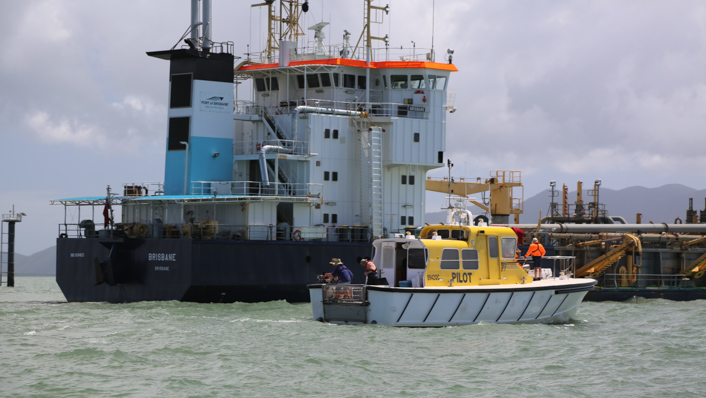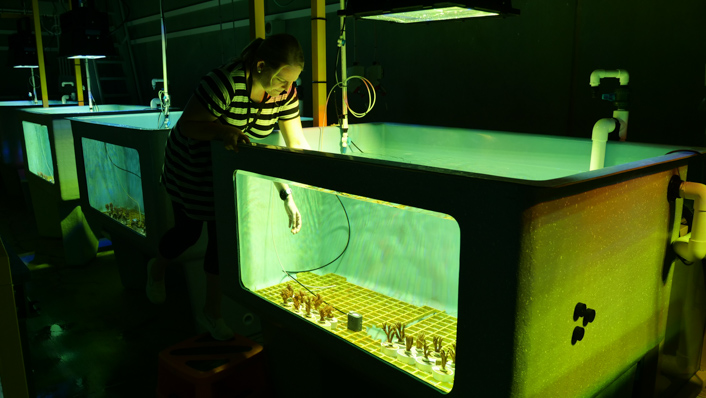Dredging is the routine activity of reshaping the sea floor to ensure safe vessel access to ports and harbours. It is a vital part of many port operations and marine infrastructure developments, and involves removal of sediment, deepening the sea floor and the disposal of the excavated material at a different location.
Australian ports have undergone significant dredging in recent years as a result of the need for coastal infrastructure development to accommodate growth in ship-borne resource exports, particularly via ports in northern Australia. Demand for dredging is projected to increase in conjunction with growing seaborne world trade and increasing ship sizes.
Dredging proponents and resource managers need to assess potential impacts of dredging activities to inform the design of port and marine infrastructure, and effectively manage dredging operations to mitigate environmental risk. However, the impacts of dredging activities on tropical marine environments are poorly understood.
This uncertainty was highlighted for the Great Barrier Reef in 2015, when a 19-member expert panel, brought together by AIMS and the Great Barrier Reef Marine Park Authority (GBRMPA), published the Dredging Synthesis Report. The report identified several broad impacts, but also highlighted significant gaps in knowledge regarding the impacts of dredging within the Great Barrier Reef World Heritage Area. Critical information requirements were identified in relation to understanding regional sediment transport dynamics and improving our understanding of the responses of organisms to sediment.
Our research
AIMS works with the ports and dredging industry and state and federal regulators to fill knowledge gaps related to dredging across Australia’s tropical marine estate. Our multi-disciplinary research assists regulators, industry and resource managers predict and manage impacts of dredging and its associated activities on local marine ecosystems.
AIMS is a key contributor to the collaborative Western Australia Marine Science Institution (WAMSI) Dredging Science Node, Australia’s largest single-issue research program. This $19 million research program is co-led by AIMS’ Dr Ross Jones, and brings government, industry and research together to better understand dredging impacts with a view to mitigating environmental risk.
Our current dredging research involves monitoring, modelling, experiments and decision support and is focussed in the Northern Territory, Western Australia and Queensland. Our approach has 2 key areas of research focus:
- Establishing the ‘footprint’ of dredging activities and dredge material placement using hydrodynamic and sediment transport models.
- Determining the effect of sedimentation and turbidity on tropical benthic organisms such as coral, sponges and seagrasses, as well as significant life stages such as fertilisation and settlement. These responses are investigated using the high level of control offered in SeaSim.



